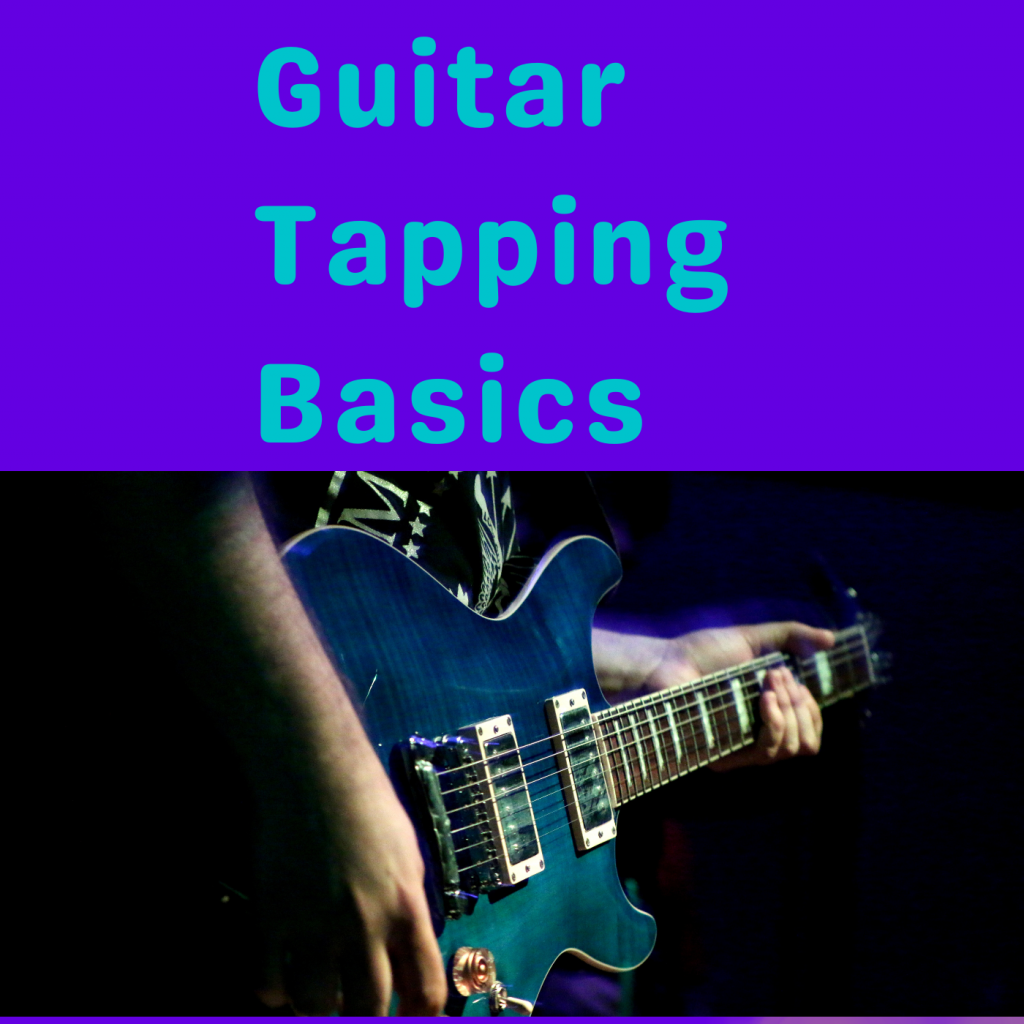Are you looking for a major scale system that allows you to visualize the fretboard easily?
Do you want to master the fretboard, and create awesome leads on the spot? Then I’ve got good news for you…
You’re going to learn the 3 notes per string major scale patterns. These patterns make it easy to navigate the major scale in all keys.
Table of Contents
What is the 3-notes-per-string method?
The 3-notes-per-string method maps out seven different major scale shapes. These shapes connect, and make it easy to visualize the major scale.
You can use these 7 different shapes to play leads, improve your understanding of intervals, and learn how major scale notes move across a single string.
3 note per string major scale video
Here’s the accompanying video lesson on my channel! Definitely subscribe for more awesome lessons :).
3 notes per string major scale tab


3 notes per string major scale PDF
3 notes per string major scale positions
You’re going to learn these positions using the G major scale.
Keep in mind that you can transpose these shapes to work in any key, though!
You transpose by taking your shape/notes and moving the root note.
Your half and whole steps/shape will remain the same when you change to a new root note.
Playing the positions
The 3-note-per-string shapes are wide, so you need to use proper fingering when playing these shapes.
Use your index (1), middle (2), and pinky fingers (4) to play notes spanning 5 frets on a single string. An example of this can be seen on the Low E and A strings in position 1.
Also use your index (1), middle (2), and pinky fingers (4) to play notes spanning 4 frets, with a half-step between the first and second notes on the string. An example of this can be seen on the D and G strings in position 1.
U your index (1), ring (3), and pinky fingers (4) to play notes spanning 4 frets, with a whole-step between the first and second notes on the string. An example of this can be seen on the B and high E strings in position 1.
Use the same finger positions every single time. Using the same positions will help you build muscle memory, and make your patterns easier to play and memorize.
Position 1

Position 2

Position 3

Position 4

Position 5

Position 6

Position 7

3 Notes Per String Summary
Practice your 3 notes per string major scale patterns every day! Doing this for a month will make you a major scale pro.
Keep in mind that these shapes are useful, but they’re even better when you understand intervals and other guitar theory.
With that being said, start practicing, and let me know your questions in the comments!


